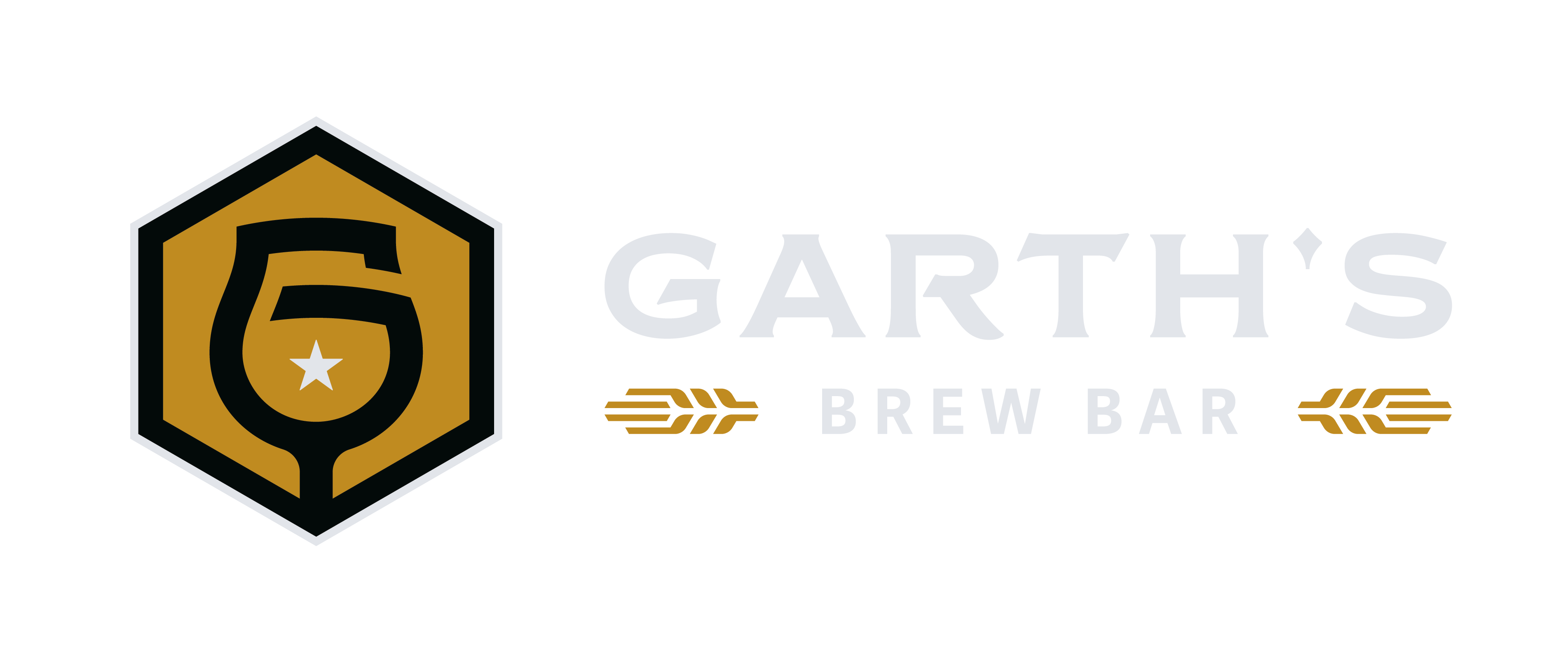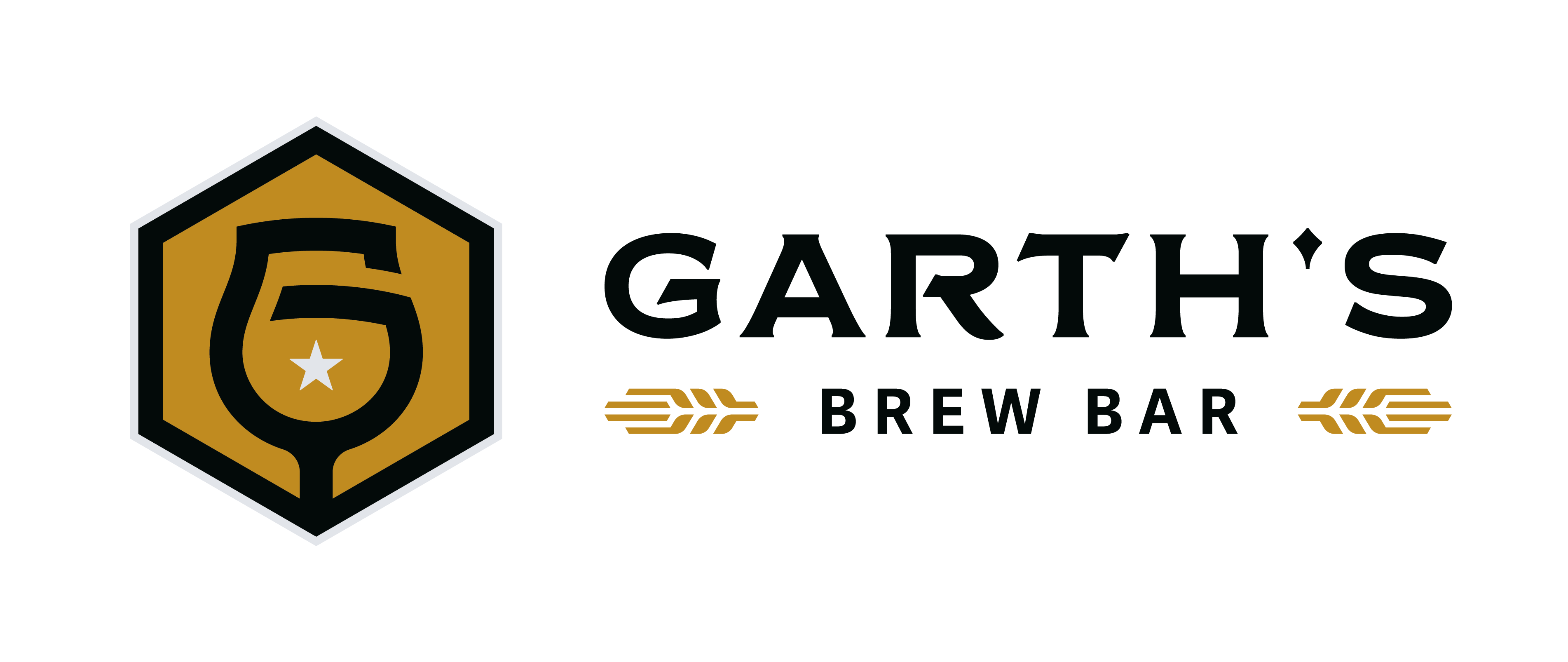In a beer tasting, what you experience is always correct (that’s the golden rule) – that is, unless you choose not to participate and share in the full sensory experience of enjoying a craft beer.
It’s a blessing that everyone has different tongues, noses, and brains. These tools lead to individual experiences that make enjoying American craft beer fun and worth participating in with others–to hear what flavors they are picking up or what memories are evoked by certain smells.
To get the most out of a tasting experience and to fully appreciate the handcrafted beverage in your hand, it’s important to cycle through all your senses: sight, smell, taste, touch and hearing.
No matter your training to date, you can enjoy and enhance a tasting for yourself and others with these sensory experience tips.
Seeing
To begin, grab a clean glass.
A clean glass is critical to your experience. If you grab one that is dirty or chipped, get another. Most commonly, a dirty glass will have smudges on the rim from lip balm or there may be light water stains or streaks inside, which may be lingering sanitizer from the dishwasher. If the glass has been on the shelf for some time, dust may have settled in the bottom. Any of these will negatively impact your sensory experience, flavor and aroma.
To combat these imperfections, its important to always first rinse your glass with water. The best craft beer bars do this with every glass before serving any beverage. The water cools the glass down to prevent excessive foaming and removes any leftover sanitizer that might taint the smell and flavor of the beer.
Now that you have a pristine glass, pour your craft beer and examine. Can you see through it or is it cloudy? Does it have a frothy head? Are bubbles rising from the center of the glass or are they creeping up the edge? What color is it? Does it look black as oil or maybe like weak green tea?
All of this sensory data could unveil to you how sweet the beer may be, how creamy, how thick, or how fizzy it might be.
As you look at the beer, you can use your knowledge and sensory data to make assumptions about what your other senses will experience – and with time, we’ll find out if your eyes were right or if they have deceived you. (Some breweries like to play tricks on your eyes, by brewing a white stout, for example.)
Once you’ve used your sight to evaluate the beer, it’s time to move on to your nose.
Smelling
First things first: Don’t shove your nose in the beer and take a giant deep breath. This overstimulates your nose and you’ll lose out on the intricacies of the craft beer scent.
It’s better to take a few short sniffs at first or start with a “drive-by” method–moving the glass horizontally about 5 inches under your nose while you inhale. Once you’ve had a few light sniffs and you know you won’t overstimulate your nose by getting in closer, go ahead and take a closer and longer inhale.
If you notice there’s not much aroma or there’s no longer any head on your beer, lightly spin the glass with your hand to produce more foam. That carbonated foam is what releases the volatile aromatics for your nose to appreciate.
An important reminder about tastings: Your nose actually does most of the “tasting”. This is because your olfactory area in your nose controls both smell and taste. As you chew or swish, odor molecules enter the back of your nose. Your taste buds tell you if something is salty or sweet, but your nose gives specifics. “This sweet taste reminds me of red grapes.”
If you feel that you have overstimulated your nose, sniff your shirt sleeve. Your body is a neutral scent for you, so a quick smell of your shoulder will reset your sense of smell.
Last but not least, it’s important to block out any distracting smells. This could be a pungent meal on the table, or an open window nearby. Allow yourself to really focus on the craft beer in front of you before you take your first sip.
Tasting
Start with a small sip and let it coat your tongue. In a way, a small sip will prime your pallet to fully experience the flavors of the craft beer on your next sip.
As you sip, consider how salty, sweet, sour, savory or bitter the craft beer is? Are there other foods or drinks the flavors you’re experiencing remind you of?
(For more on the so-called “Five Tastes,” check out this video from the Denver Museum of Natural Sciences.)
Your tongue is loaded with taste buds – about 8,000 – and they aren’t all stuffed into one area. In fact, the roof of your mouth and your throat have taste buds themselves.
It’s also a myth that tongues have specific “taste zones”. You will be able to experience salty, sweet, sour, savory or bitter all across your tongue. (Although, the back of your tongue is particularly susceptible to bitterness. You may notice a particularly bitter IPA tends to burn more in the back of your throat, for example.)
With your tongue involved, you can help it out by getting your nose back in the game. Hold the beer on your tongue, close your mouth, and breathe in deep through your nose. This will bring air into your mouth and aerate the beer, activating its aroma, activating the olfactory system again.
One last tip for tasting beer: Taste the beer after it’s warmed up, too. (Slightly warmed up, mind you.) Most beer is best consumed at 38 degrees Fahrenheit. Beverages at a really cold temperature may mask some flavors or overstimulate the palate so it can’t process the craft beer flavor as efficiently. As the beer warms slightly (a couple degrees), you’ll notice new subtle flavors and scents!
Touching
You don’t need to stick your fingers into your glass to touch the beer, rather, the sense of touch with beer is evaluated as mouthfeel.
As you drink, focus on how and when the beer affects certain parts of your tongue. Is it smooth up front but bitter on the back as you finish? Can you feel an alcohol bite? Is it sticky?
Hearing
No, the beer won’t be talking to you, but you ought to definitely talk about it.
The most intimidating part of tastings may be describing your experience. It’s important to remember there are no wrong answers and tastings are best when experiences are shared with others.
If you’re stuck trying to describe the beer, tie what you smell and taste with a personal experience. Smells and memories are inextricably linked. (This is because smell, taste, and emotions are all linked to the involuntary nervous system. What we taste or smell evokes emotions and past experiences.)
Don’t sweat critiquing the beer, naming specific ingredients or using special “keywords”. Instead, say something like: “This reminds me of picking apples with my parents when I was a child.” A vivid memory, an old tale – these make tastings far more interesting and relatable to your peers.
Also remember that some beers taste, well, not-so great. “This smells like fireplace soot” is a perfectly reasonable response, too.
Listening is important. Once you’ve shared, let others. Did their experience match yours or was their perception wildly different? Save some beer in your glass and try it again after hearing from others. You may pick up on something new!
Becoming A Sensory Experience Pro
With time and training, your descriptions should improve. You may be able to pick out the difference between a beer with orange flavor versus one with orange rind flavor. (The latter is more bitter.) You may find you disagree with the flavor profile provided by the brewery. It’s not contentious. It’s a tasting!
For more information on upcoming tastings at Garth’s Brew Bar, follow our events on social media and subscribe to our newsletter.


One comment
Beer Snobs
August 19, 2022 at 9:57 am
We’re visiting a brewery this summer, and I wanted to make sure I’ll be making the most out of it.Thanks for this, I’ll be taking notes